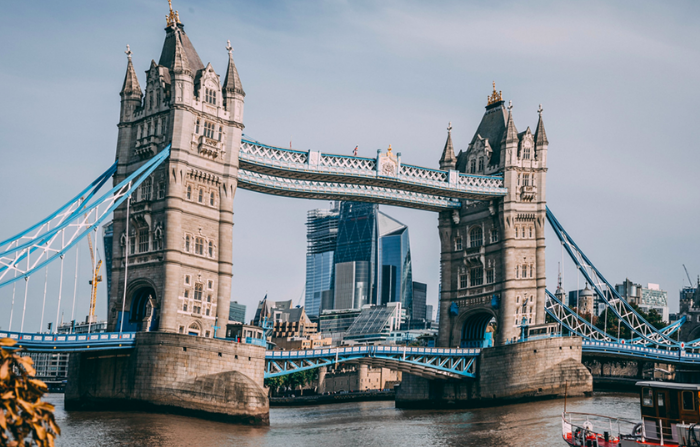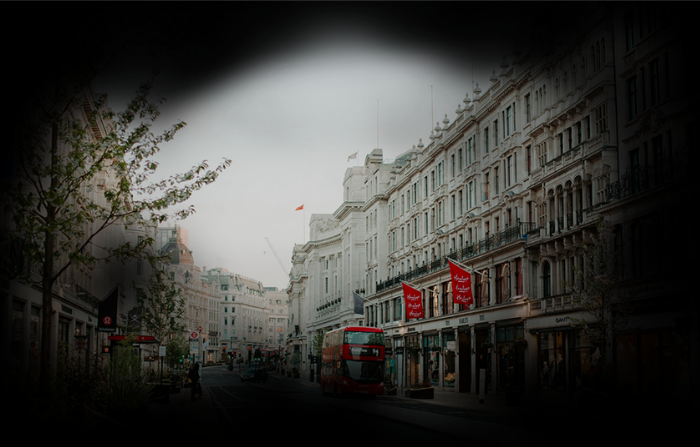- Friday, April 26, 2024

By: Shubham Ghosh
THE World Diabetes Day is observed on November 14 every year and like in several parts of the world, the challenge is as threatening in the UK where more than 4.9 million people suffering from the disease.
The concern over diabetes is growing more as it can impact multiple aspect of one’s health, including eyesight.
Recently, a new study has been published for understanding how diabetes affects people’s vision and it visualises how individuals with the disease see some iconic landmarks of the UK.
The study, which involved Lenstore, a London-based innovative online retailer of contact lenses, analysed the state of diabetes in the UK and how it can affect people’s vision. From wavy and blurred vision to floaters to even permanent loss of vision, the study looked at the prevalence of the condition across the globe, including boroughs in the UK and London and the current trend in the rise in the number of diabetic people to predict how the state of affairs would be in 2030 and 2050.
Some of the findings related to diabetes are – seven per cent of Londoners have the disease with Harrow having the highest prevalence (10 per cent). Bradford City has the highest percentage of people having diabetes in England at 11.4 per cent.
Hammersmith and Fulham have the lowest prevalence of diabetes at 3.62 per cent. When it comes to the number of people, Eagling has the highest rate at 32,605 while Richmond is at the other end of the scale at 6,759.
In the Marshall Islands, one in three persons has diabetes – the highest prevalence in the world at 31 per cent. Countries like Mauritius, Pakistan and Sudan also have a high percentage of diabetic people.
Iceland experiences the fifth-fastest increase rate of diabetes prevalence, with people being diagnosed with the condition going up by 263 per cent since 2010.
Speaking about wavy and blurred vision, floaters, colour loss or a complete loss of vision as symptoms of diabetes, here are some explanations:
High blood sugar levels can make one’s eye lens swell and that can cause a distorted vision like the following image of the Tower Bridge. The effects of this can be felt both in the short and long terms.

The reason for a blurred vision can also be for similar reasons and diabetes can cause blurred vision both in the short and long term. The blurred vision can occur in the short term as a result of fluid moving in and out of the eyes due to high levels of blood sugar, resulting in swelling of eye lens. As the lens is the part which focuses on the light, this is where the blurred sight emerges from.

Long-term effects of blurred vision often come from uncontrolled diabetic conditions and is a result of high blood-sugar levels damaging the small blood vessels over a period of time. The retina of the eye is affected which makes one suffer from blurred vision.
Here is an example of having a blurred vision of the Stonehenge.
Compared to wavy and blurred visions, eye floaters sometimes go unnoticed but it is important to look for them, appearing as white or translucent visual blockers that appear and disappear and move around your vision. The floaters can be a symptom of a serious diabetic-related eye ailment, such as diabetic retinopathy. This condition damages the blood vessels in one’s retina. Floaters can also be a sign of diabetic macular edema, which causes a build-up of fluid in the centre of the retina or macular, which is responsible for a sharp and colourful vision.
Here is an image to illustrate floaters:

Loss of colour vision or alteration effects is known to affect the vision of those with diabetes. It is known to affect the blue-yellow colour vision and gets worse with the severity of other diabetic-related eye ailments like diabetic retinopathy. Colour blindness is a condition where patients are unable to see the actual colour of their surroundings.

Although diabetes does not cause blindness, it increases one’s chance of developing serious eye conditions (diabetic retinography) which, over time, can cause a permanent loss of vision if left unaddressed. One should manage the blood-sugar level so that the severity of its impact on one’s vision.

![]()